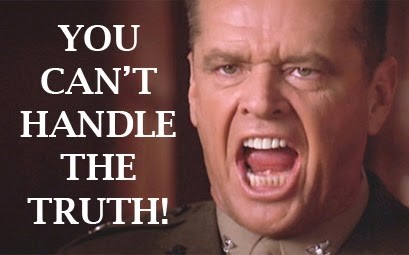If you’re in sales, you know it’s a game of constant learning and adaptation. Even the best salespeople make mistakes, but recognising and correcting them is what sets you apart.
Here are five common sales mistakes you might be making and how to fix them.

1. Talking More Than Listening
The Mistake:
Ever find yourself doing all the talking in a sales pitch?
It’s a common pitfall. You’re excited about your product or service and want to share everything.
But here’s the thing: customers want to be heard.
The Fix:
Practice active listening. Ask open-ended questions and let your customer do most of the talking. This helps you understand their needs and tailor your pitch accordingly.
Remember, sales is about solving problems, not just pushing a product.
2. Focusing on Features and Benefits rather than Value
The Mistake:
Rattling off a list of features and benefits might seem impressive, but it often falls flat.
Customers care about how a product can solve their problems or improve their lives, not just what it can do.
The Fix:
Shift your focus to value. For each feature, explain how it can bring value to the customer. For example, instead of saying, “This phone has a 12MP camera,” say, “This phone’s 12MP camera means you’ll capture stunning photos even in low light.”
It’s all about showing value.
3. Not Following Up
The Mistake:
You had a great meeting or call, and then… nothing. You assume the customer will reach out if they’re interested, but they get busy or forget.
The Fix:
Make following up a standard part of your sales process.
- Send a thank-you email after meetings
- Provide additional information
- Check in regularly
This shows you’re committed, and keeps you on their radar.

4. Neglecting to Build Relationships
The Mistake:
Treating sales as a one-time transaction rather than building a relationship can hurt long-term success.
Customers are more likely to buy from someone they trust and have a rapport with.
The Fix:
Invest time in building relationships. Remember personal details, celebrate their successes, and check in even when you’re not selling something.
A good relationship can lead to repeat business and referrals.
5. Not Handling Objections Well
The Mistake:
When a potential customer raises an objection, it can be easy to get defensive or brush it off. This often leads to lost sales opportunities.
The Fix:
Embrace objections as a part of the process. Listen carefully, acknowledge their concerns, and provide thoughtful responses.
Use objections as a chance to show your expertise and reassure the customer. For example, if they’re worried about cost, explain the value and long-term savings your product offers.

Remember, nobody’s perfect. Sales is a continuous learning journey.
By being aware of these common mistakes, and taking steps to fix them, you’ll be well on your way to closing more deals and building stronger customer relationships.
If you are interested in finding out more about common sales mistakes we find salespeople making and how to avoid them, click here!
Contact KONA today to discuss our tailored Sales Training Programs and the value they can bring to your Sales Team.
Call 1300 611 288 or email info@kona.com.au












































































































